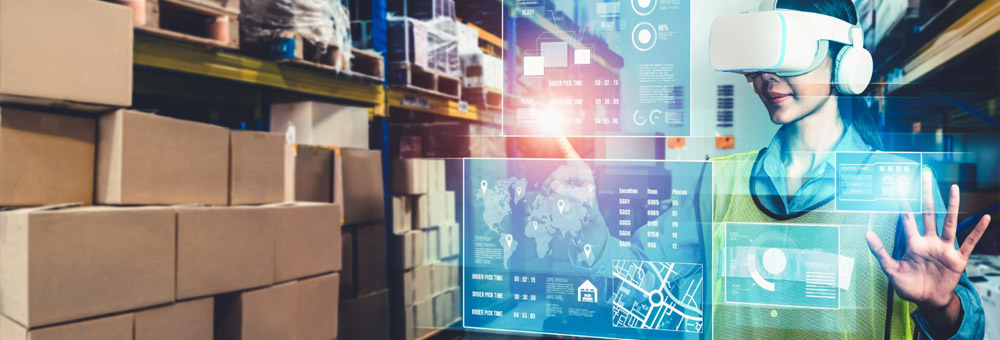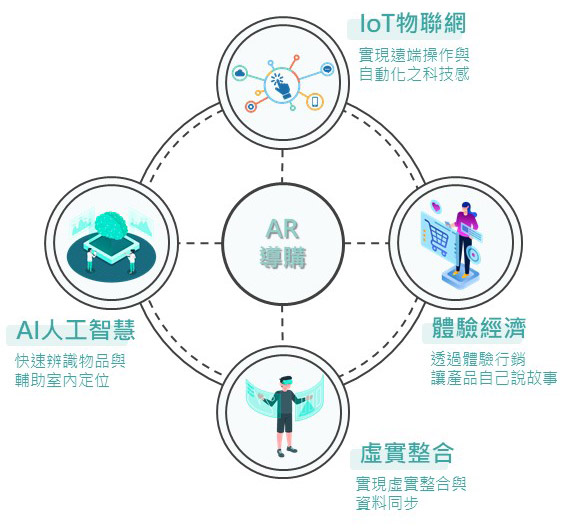Introduction
Nowadays, "experience" is happening everywhere. Augmented Reality (AR) is one of the best technologies to connect brands and experiences. In recent years, affected by the epidemic, online shopping has become an indispensable consumption pattern. In addition, e-commerce further introduces AR-related technologies, which will not only allow users to browse product information faster, but also allow consumers to interact with virtual goods through a unique virtual-real interlaced experience through AR indoor positioning instead of a rigid shopping environment. AR shopping guide can add vivid descriptions to the products, and at the same time attract more consumers to experience, share and buy together through the mystery of high technology.
For merchants in the same region, it is always difficult to carry out overall marketing in a unified way. In addition to allowing consumers to have an interactive experience, AR shopping guides can also conduct integrated and instant marketing without being limited by scenarios. For merchants, the cost burden of manpower and equipment can also be greatly reduced. At the same time, the influence of community sharing can also increase the exposure of products and brands.
When consumers don’t know how to choose products, the shopping guide APP can provide substantial and efficient services from the perspective of consumers, and collect the consumption situation of users for big data analysis, and allow merchants to more accurately place advertisements and marketing on consumers' product browsing behaviors, increase consumers' purchase rate.

Project performance and benefits
AR navigation:Combined with AI big data analysis, quickly identify items, and at the same time recommend navigation routes for users, guide navigation through AR and provide navigation and explanations, which are more vivid and interesting than traditional graphic forms.。
Module integration: The self-developed platform can design the user interface and process according to the needs, and flexibly integrate various functional modules such as: AI face recognition, external API connection, etc., to ensure the maximum satisfaction without affecting the quality of use customer demand.
Real-time synchronization of data:Through the real-time synchronization of data, consumers can place virtual orders and quickly get actual products after AR experience. Customers can also grasp and analyze product information that consumers are interested in through the shopping guide app, accurately place advertisements based on data results.
Experiential marketing:AThe characteristics of AR technology have inherent advantages in advertising and marketing. In the past, consumers could only inquire about product information on the Internet and imagine the real appearance of the product in their minds. The emergence of AR makes imagination come true. You don’t need to go to the scene to experience the appearance of the product in person, and you can also see the product through 360 degrees, reducing consumers’ doubts about the product; in addition, AR technology can stimulate people’s curiosity about fresh and interesting shopping patterns generate curiosity, and promote consumers to make purchases through the integration of reality and reality.

